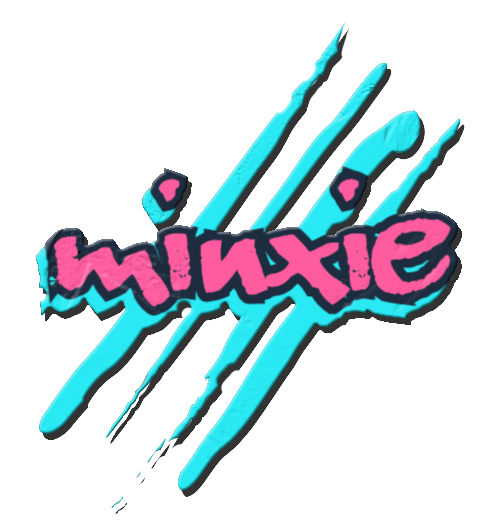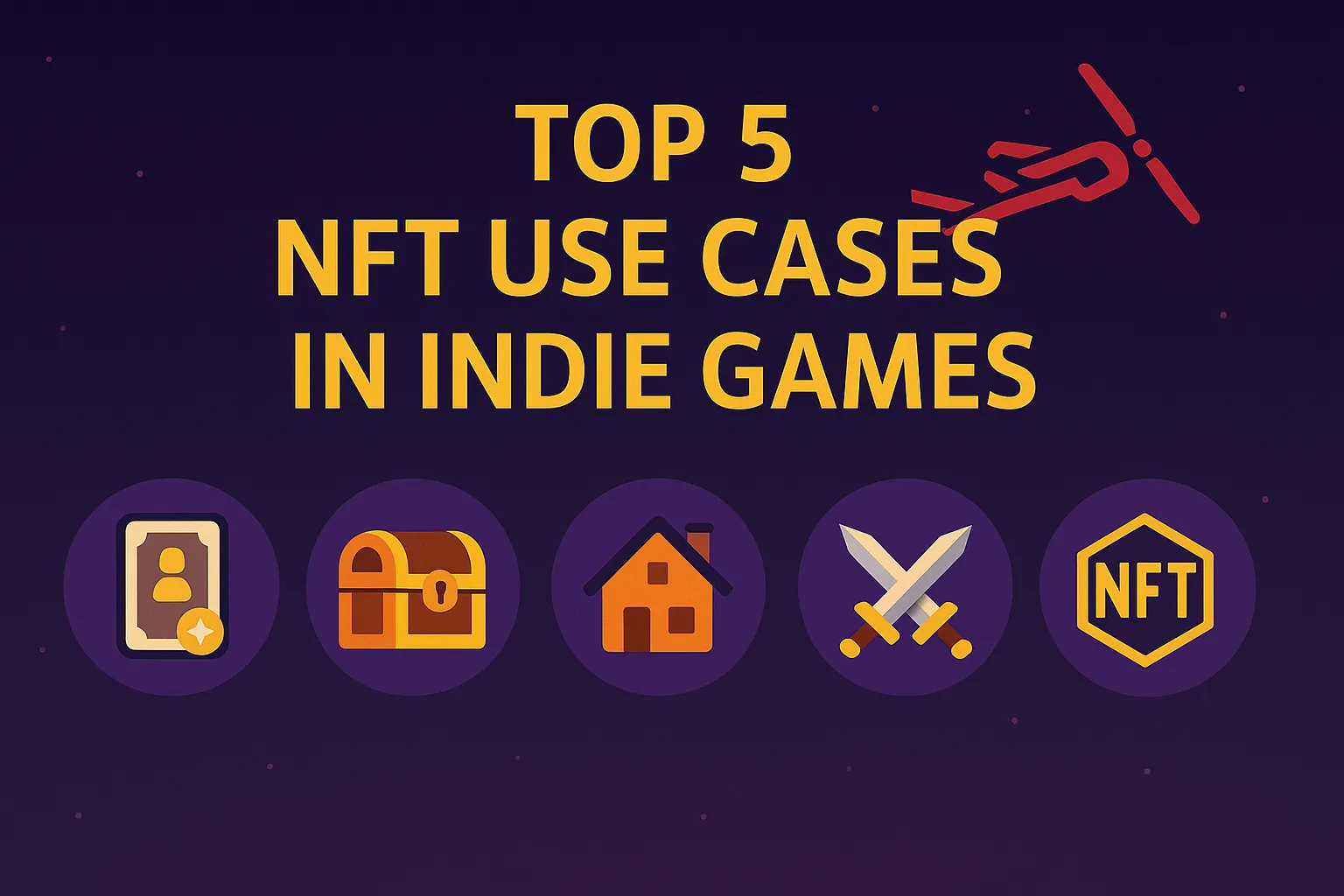NFTs aren’t just for big-budget games or crypto art marketplaces anymore. Today, some of the most innovative and practical uses of NFTs are emerging from indie game developers — creators who thrive on experimentation, direct fan engagement, and bold ideas.
Let’s look at five standout ways indie studios are using NFTs to transform player experience, followed by a bonus case that proves simple mechanics can go global when paired with Web3 principles.
1. Playable NFT Characters with Unique Utility
Forget skins that just look cool. Some indie developers are creating NFT characters that come with in-game value — unique skills, traits, or special storylines.
Example:
In Guild of Guardians, each hero is a tradable NFT. Rarity and attributes determine their power, which influences gameplay and their value on the market. The result? Players own strategic assets, not just visuals.
2. NFT Land Ownership and Player-Built Worlds
World-building is going decentralized. Indie games now let players own pieces of the game world as NFTs, allowing them to develop, trade, or rent virtual land.
Example:
Ember Sword gives players the chance to buy land plots that generate in-game income or host player-run content. This creates a persistent economy where player choices shape the world.
3. Transparent NFT Loot and Limited Drops
Instead of relying on randomized loot boxes, indie devs are offering limited-edition NFT items with transparent rarity and open tradeability.
Example:
Neon District offers exclusive NFT gear and characters that can be used in-game or traded on open markets. Each item has a provable supply cap and blockchain trail — no shady RNG or loot boxes.
4. Player-Made Assets and Mods as NFTs
One of the most exciting shifts is the ability for players to become creators. NFT integration allows fans to sell mods, skins, or items and earn royalties.
Example:
The Sandbox is a voxel-based platform where users mint and sell wearable NFTs, vehicles, structures, and more. Every sale is traceable, and creators keep earning each time their item is resold.
5. Lore and Storyline NFTs
Some indie games push narrative boundaries by linking exclusive quests or story arcs to NFTs — letting players shape the plot through their digital assets.
Example:
Mirandus uses NFTs to unlock characters with unique backstories and missions. Owning one of these isn’t just about flexing — it changes how the story unfolds for you and other players.
Bonus Case: Spribe and Aviator — Simple Mechanics, Massive Impact
While many indie studios explore NFTs through complex RPGs or open worlds, others show how minimal concepts can go viral with the right foundation.
Take Spibe — the team behind the global hit Aviator. Though Aviator doesn’t use NFTs directly, it exemplifies Web3 thinking: transparency, fairness, and real-time user engagement.
The game features a clean, fast-paced “crash” mechanic combined with social gameplay and provably fair outcomes. Players don’t own items as NFTs, but they own the moment — the thrill, the decision, the result. It’s an elegant example of how even non-tokenized systems can embody decentralization principles.
Spribe’s success reminds us that innovation isn’t always about complexity. Sometimes, the simplest mechanics, when paired with a player-first philosophy, can reach massive global audiences.
Why Indie Games Are Leading the NFT Revolution
Indie developers are uniquely positioned to explore NFT integration because:
- They have direct contact with players
- They don’t answer to shareholders
- They can pivot fast and test bold ideas
- They build community-first ecosystems
By embracing NFTs, indie teams are creating more than just games — they’re building interactive economies where players and creators share in the value.

